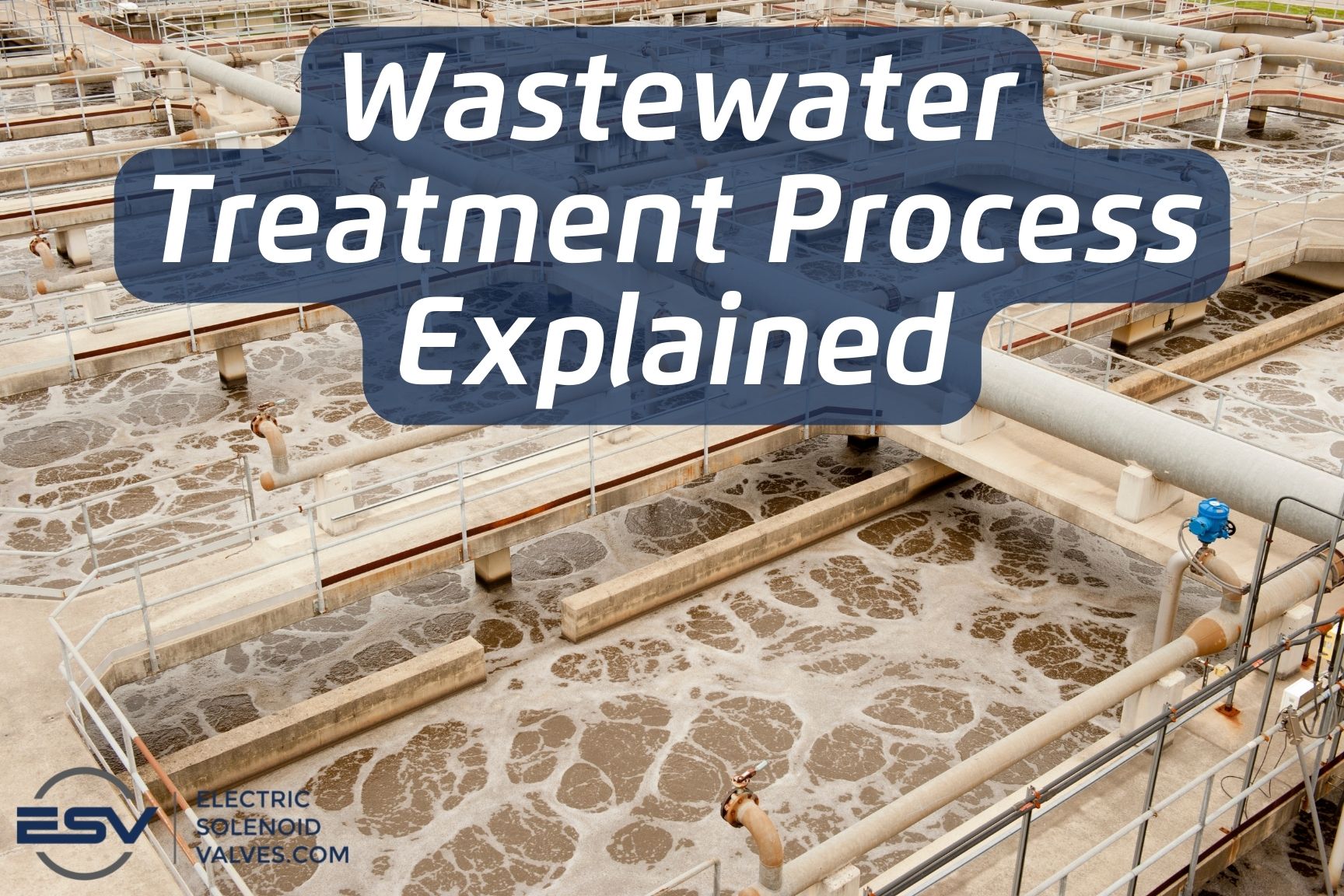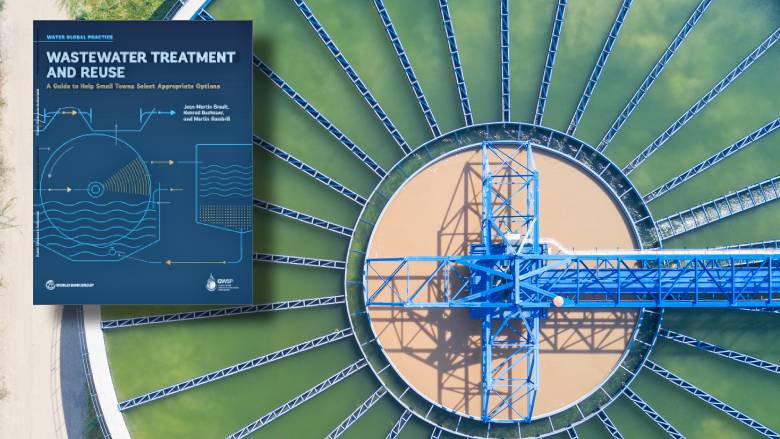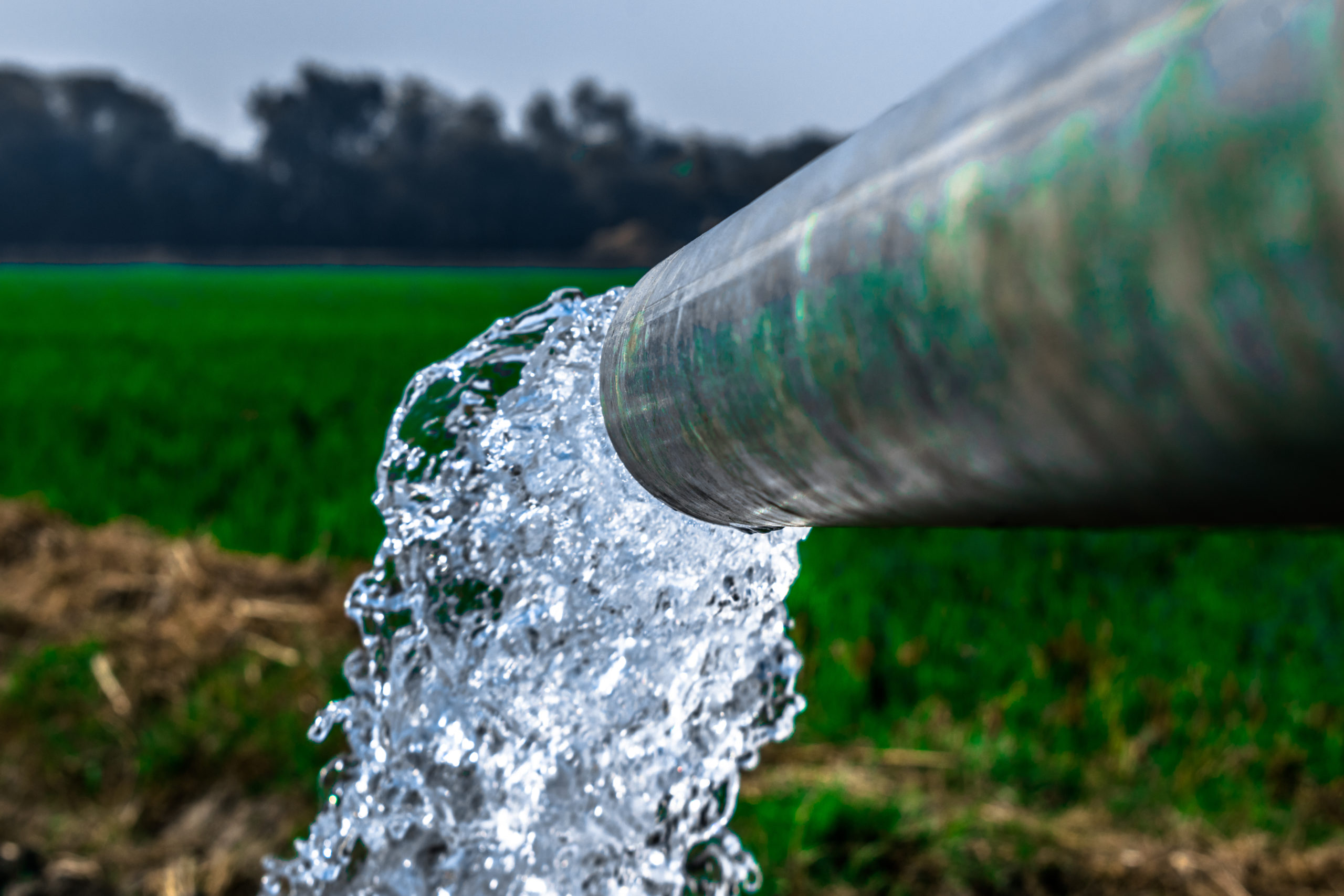Trick Obstacles in Urban Waste Water Treatment Techniques
Trick Obstacles in Urban Waste Water Treatment Techniques
Blog Article
Strategic Approaches to Improve Waste Water Treatment Efficiency and Reduce Ecological Influence
In the realm of drainage therapy, the pursuit for enhanced efficiency and decreased environmental effect is a continuous obstacle that demands tactical options. As culture grapples with the vital to manage water sources sustainably, a nuanced approach ends up being crucial. The combination of innovative treatment modern technologies, energy-efficient processes, source healing approaches, improved nutrient elimination methods, and clever monitoring and control systems stands for a complex framework for addressing these pushing concerns. Nevertheless, what exists at the core of this complex internet of strategies is the prospective to revolutionize the method we approach waste water treatment, not equally as a process of disposal, but as a beneficial possibility for development and ecological stewardship.
Advanced Therapy Technologies
Innovative membrane purification systems have actually transformed sophisticated wastewater treatment processes, substantially boosting the removal of contaminants. This technology has shown to be extremely effective in eliminating a large array of impurities, consisting of drugs, hefty steels, and natural compounds, which are typically testing to eliminate via conventional therapy approaches.
Additionally, membrane layer filtering systems use countless advantages over standard treatment techniques. They require less space, generate higher-quality effluent, and are extra resistant to fluctuations in influent water top quality. Furthermore, these systems are highly functional and can be easily integrated right into existing therapy plants or utilized as standalone devices for decentralized applications. As the need for clean water remains to climb, the fostering of innovative membrane layer filtering technologies is vital to guarantee reliable and sustainable wastewater treatment practices.
Energy-Efficient Procedures
The integration of energy-efficient procedures in wastewater treatment systems is vital for enhancing source use and lowering functional prices. By implementing energy-efficient modern technologies, therapy plants can significantly reduce their carbon footprint and total environmental effect. One vital method to enhancing energy performance in wastewater treatment is the application of advanced oygenation systems, such as great bubble diffusers or surface aerators, which can enhance oxygen transfer performance and decrease power consumption. In addition, integrating energy recuperation systems, like anaerobic digestion for biogas manufacturing or utilizing excess heat for thermal processes, can help counter power demands and promote sustainability.
In addition, optimizing process control and automation through making use of advanced sensing units and monitoring systems can improve overall energy performance by changing operations in real-time based upon real need and problems. Implementing energy audits and on a regular basis monitoring energy performance indicators are essential practices to recognize locations for renovation and track energy-saving efforts successfully. Generally, the fostering of energy-efficient procedures in wastewater therapy not just benefits the atmosphere yet likewise adds to long-term price savings and functional sustainability.
Source Recuperation Approaches
With a concentrate on optimizing resource application and sustainability in wastewater treatment systems, the application of source healing strategies arises as a pivotal facet in enhancing operational performance. Resource recuperation strategies in wastewater therapy include the recognition and extraction try this out of beneficial sources click here to read from the waste stream, thereby transforming what was when thought about waste into a valuable asset. By applying source recovery techniques such as nutrient elimination and recovery, power generation from natural issue, and the production of reusable water, wastewater therapy plants can reduce environmental impact while making best use of performance.

Improved Nutrient Elimination Strategies
Executing sophisticated nutrient elimination techniques is vital for enhancing the performance of wastewater therapy systems. One of the essential techniques utilized for boosted nutrient elimination is the process of biological nutrient elimination (BNR), which involves the removal of nitrogen and phosphorus with biological procedures.

In enhancement to BNR, progressed therapy approaches such as membrane layer bioreactors (MBRs) and built marshes can additionally be employed to improve nutrient elimination performance. By integrating these advanced nutrient removal strategies into wastewater treatment municipalities, sectors and systems can effectively lower nutrient air pollution and secure the atmosphere.
Smart Monitoring and Control Systems
Utilizing cutting-edge technology, the integration of smart monitoring and control systems revolutionizes the operational efficiency of wastewater treatment facilities. These systems incorporate advanced sensing units and information analytics to constantly keep an eye on essential specifications such as pH levels, turbidity, dissolved oxygen, and circulation prices in real-time. By collecting and examining this information, operators can get beneficial understandings right into the efficiency of the therapy procedures, allowing aggressive adjustments to optimize treatment effectiveness.
Smart monitoring Continued and control systems additionally support remote surveillance abilities, allowing drivers to accessibility real-time data and control functions from off-site places. This remote ease of access boosts operational adaptability and responsiveness, allowing swift treatments in case of system breakdowns or variations in influent high quality. The anticipating upkeep abilities of these systems assist prevent devices failings and decrease downtime, eventually improving the general dependability of wastewater treatment operations.
Conclusion
Finally, strategic techniques such as advanced treatment modern technologies, energy-efficient procedures, source recuperation techniques, enhanced nutrient elimination techniques, and wise monitoring and control systems play a crucial function in enhancing wastewater therapy performance and minimizing environmental impact. By implementing these methods, wastewater treatment plants can boost their overall efficiency, lower energy usage, recuperate valuable sources, and guarantee compliance with ecological policies. These strategies are important for sustainable and reliable wastewater management practices.

In conclusion, critical techniques such as advanced therapy innovations, energy-efficient processes, resource recuperation strategies, boosted nutrient removal techniques, and clever monitoring and control systems play a crucial duty in improving wastewater therapy efficiency and minimizing ecological effect.
Report this page